The 80s gave us an unusual version of sleeves called a bat, applicable to any style of dresses. These dresses are very popular because they are easy to sew, suitable for any situation, adjust the figure and give freedom.



Fit patterns to size
The dress pattern with a bat sleeve resembles a rectangle to which a sleeve was added. And most importantly, the sleeve does not need to be separately cut out and wasted time being sewn in, although there are exceptions.

You can sew a dress without a pattern, circling for example an old sweater, or you can simulate it yourself or find it in fashion magazines.
One way is presented in the video.
In any case, without taking into account your parameters and knowledge, some of the subtleties of a beautiful outfit will not work.
- As a basis, you can take a pattern of your favorite blouse and extend it to the desired size.
- On the existing dress pattern, you can also adjust the length of the skirt and the size of the sleeve, as well as the neckline.
- Be sure to double-check the length of the sleeve and the width of the thigh. It is calculated using the formula 1/4 of the hip circumference plus 1 cm for a loose fit.
- Decide on a long cuff. Usually it is 13-17 cm. The cuff length is measured from the lower edge of the sleeve, a parallel line is drawn and the excess is cut off. Double cuffs are modeled separately.
- The back and in front of the bat model are cut using one pattern.
- The fabric footage depends on the length of the outfit and is equal to two lengths of the product with an increase of 20 cm.
- Do not be too lazy to make a decaturation of the acquired segment.




Fabric selection
For sewing a dress, a bat uses any, but not very thick material. Heavy fabric makes the silhouette heavier and it is impossible to achieve beautiful flowing folds, so soft, slightly elastic and well-draped dress fabrics are preferred.




Sheath Dress
Let's look at an example of tailoring a dress with a one-piece sleeve without using a pattern.
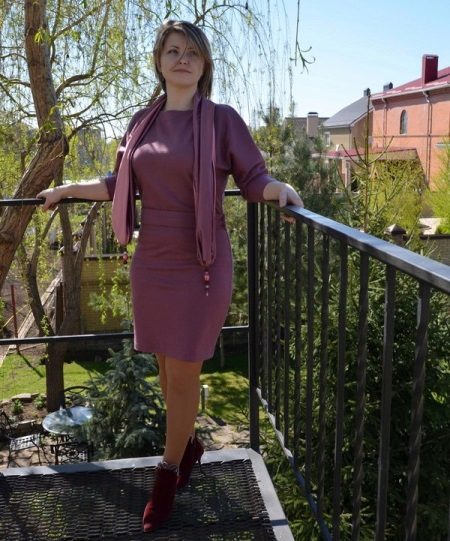
Cutting and sewing
- Fold matter in half, face inward.
- Do the same with the blouse and align their folds.
- Circle the contours with chalk.
- After measuring the circumference of the chest, waist and hips, cut the back, adding allowances for the seams.
- Circle the obtained back part on a piece of fabric and cut it out before, deepening the neck.
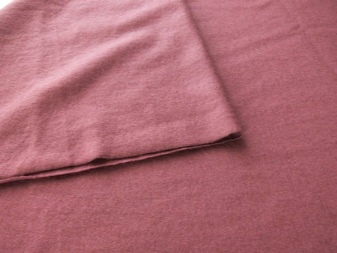
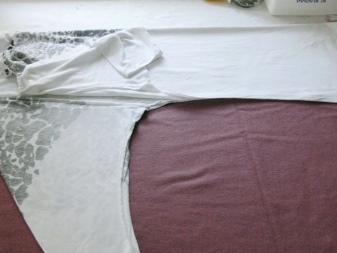
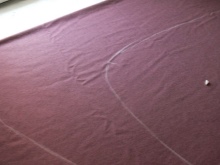
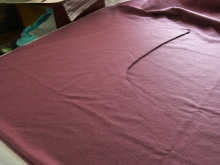
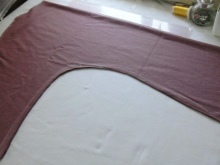
Make loops from the remaining matter. Cut the strip, and then grind and twist.
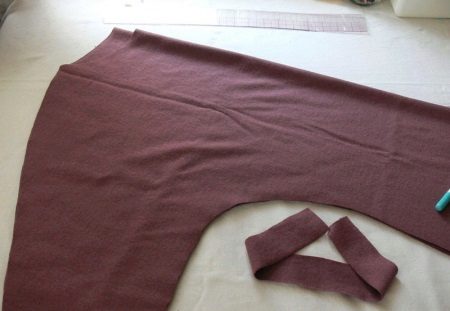
Fold the front and back together upside down. Place belt loops on the sides of the waist and secure with pins. Sew the details.
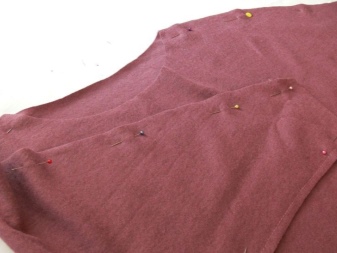
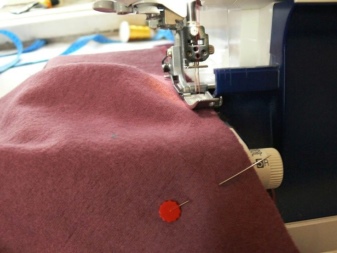
Sharpening
- Cut out the neckline from non-woven fabric and fabric, transferring the cutout lines of the back and front to the tracing paper.
- Grind the details of the grind and overcast its outer edge.
- Attach the stitching with pins to the neck and sew on the machine.
- Iron, then hem with your hands.
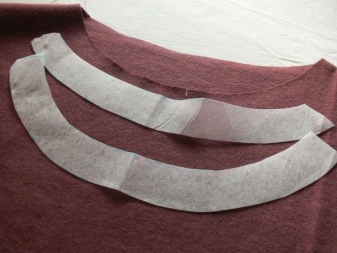
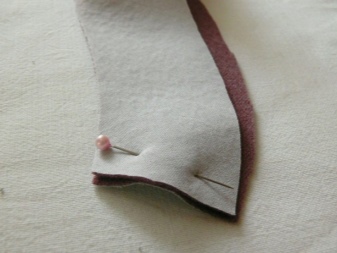
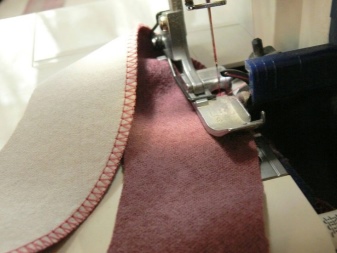
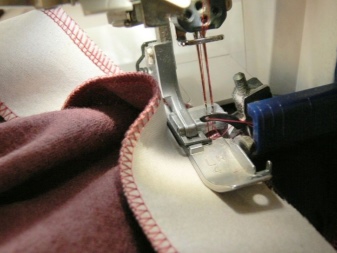
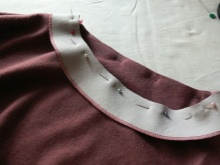
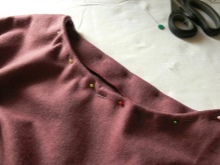
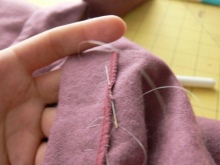
Tunic dress
To build a pattern of a tunic dress, you need to take measurements:
- chest and hips;
- the length of the front to the waist and the length from the waist;
- side height.
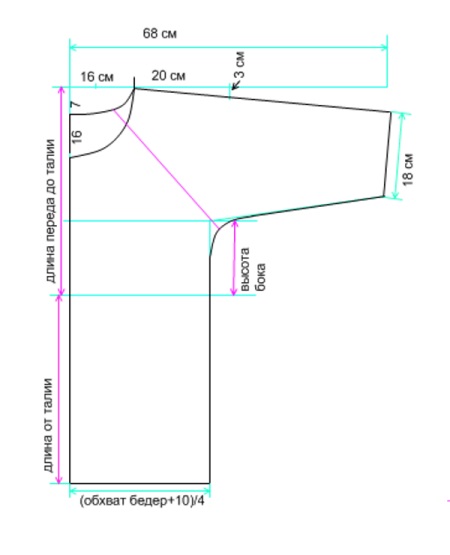
The neckline on the pattern is wide. You can simulate it to your liking, even make it asymmetric.
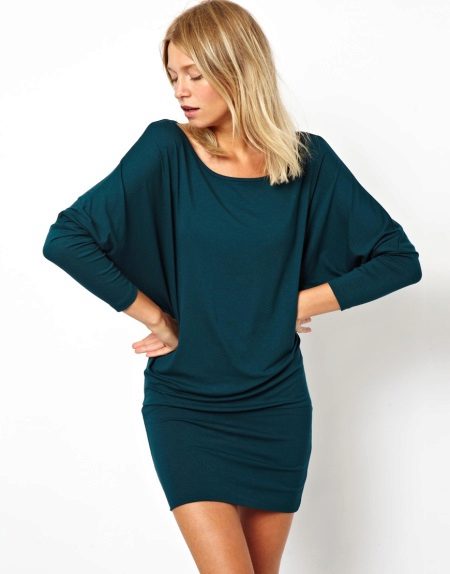
With short sleeve
It is not necessary to hide beautiful handles under a long sleeve. For the warm season, you can sew a dress with a shortened sleeve of a bat.
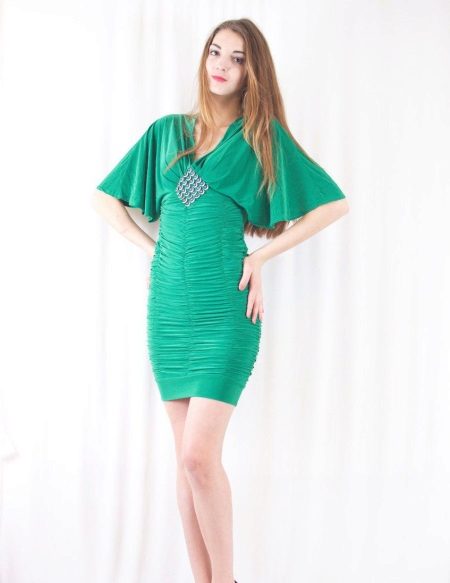
The model of this dress has no tucks, so the material must be dense and elastic in order to fit the body beautifully.
For size 44-46 you will need about 2.5 m of fabric.
The top of the dress is modeled to fit all breast sizes. And with a long one, you can experiment.
The layout of the pattern on the fabric suggests the presence of an additional seam on the back, which you can finish with a cut.
The principle of tailoring is simple. Stitch the side and shoulder seams, if necessary, process the sections. The neckline is machined and the bottom of the dress is hemmed.
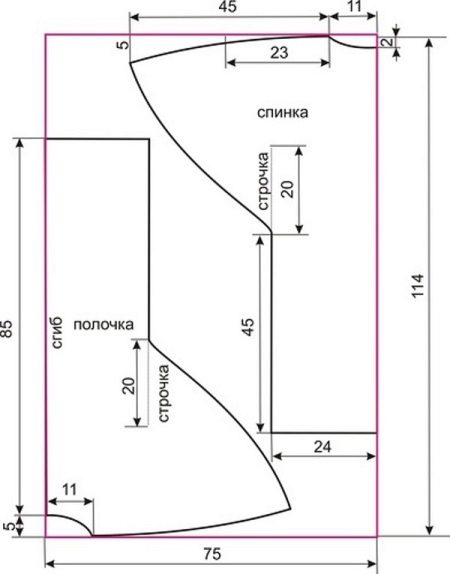
Pattern for dress with detachable sleeve
The bat dress with a detachable sleeve made of contrasting fabric in texture and color looks original.

The pattern consists of one part of the front, two parts of the back and two parts for each sleeve. A one-piece neckline is also needed.
- Redraw the pattern with allowance for seam allowances.
- Stitch back details, then tucks.
- Sew in front and backrest together.
- Sew a stitch.
- Connect the elbow parts of the sleeve to the front and stitch the sleeves.
- Bend the bottom.
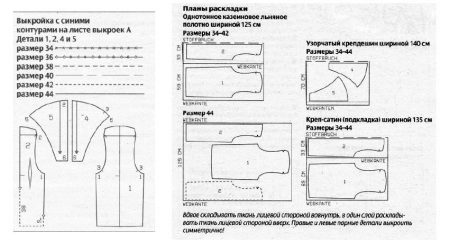
Dress pattern bat with a neckline "boat"
In this outfit, the skirt is straight and a sleeve with a cuff. The details are laid out on the fabric with a "cable".
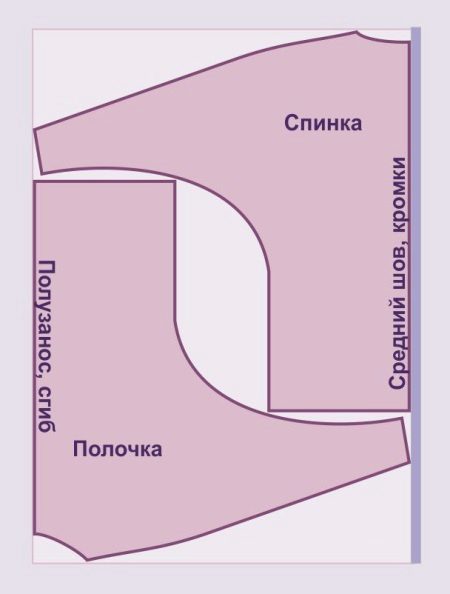
Low waist dress pattern
Based on the previous pattern, you can simulate a dress with a low waist and short-sleeved bat.
The red dotted line indicates the cut line of the sleeve. The skirt is straight. Its width is equal to the volume of the hips.
Better cut in two steps. First fold the fabric and open the bodice, then fold the fabric to the width of the skirt and open it.
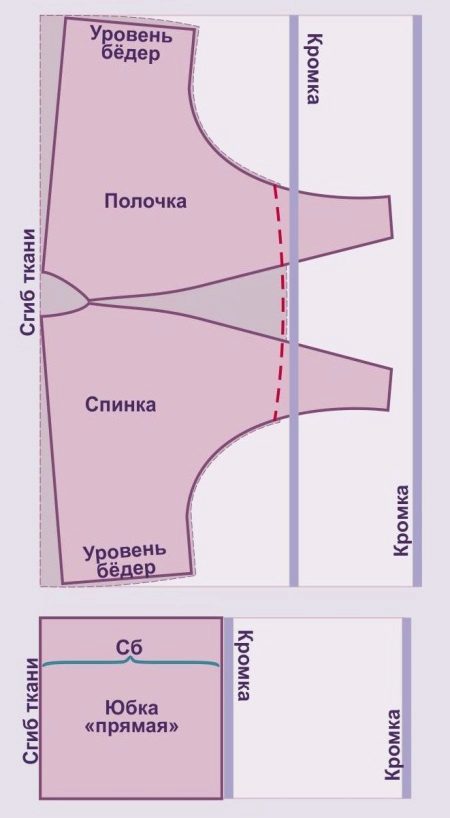
Keep in reserve patterns of dresses with a sleeve a bat. They will be useful to you more than once.











